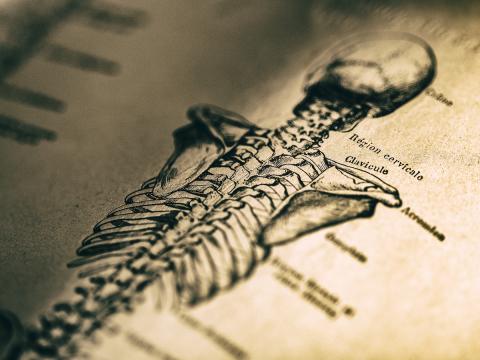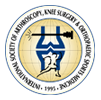
One of the five issues listed by the Australian National Joint Replacement as reasons for a total hip replacement revision is 'repeated dislocation of artificial joint', and a very recent study due to publish this year in The Journal of Arthroplasty* sheds some light on what may be causing some of these dislocations.
The study's authors reviewed a sample of 1088 patients undergoing Total Hip Replacement (THR) surgery before surgery took place, and found that a large component of the group – 41% - had some form of pre-existing sagittal spinal deformity (SSD). Previous research has shown that patients with pre-existing SSD are more likely to experience THR instability.
Sagittal spinal deformity covers a range of conditions that affect the balance of the spine in the front to back plane. The middle section of the spine (thoracic) has a curve away from the body – this is called 'kyphosis', and the lower (lumbar) spine features a curve towards the body called 'lordosis'. The purpose of these two complementary curves in the spine is to maintain the location of the body's centre of gravity above the pelvis and hips. Where either (or both) of these curves are the wrong shape – too pronounced or too flat – this is called 'sagittal imbalance'.
The most common types of sagittal spinal deformity are…
- Hyperlordosis – excessive curvature of the lumbar spine (frequently caused by poor posture/lack of exercise)
- Flat back syndrome – lumbar spine loses its curvature
- Hyperkyphosis – excessive curvature of the thoracic spine (colloquially referred to as 'hunchback')
These conditions can in turn be caused by a multitude of factors, including ankylosing spondylitis (a form of arthritis), degenerative disc disease, congenital spinal defects, osteoporosis, neuromuscular conditions (eg muscular dystrophy, cerebral palsy, spina bifida) and trauma.
In addition it is recognised that some spinal fusion surgery**, such as 'Harrington rods' implanted to correct sideways spinal curvature common with scoliosis, is linked to sagittal imbalance.
The patients involved in the study were a mean age of 64 and 48% were female. In pre-surgical assessment, 59% were found to have balanced alignment, 20% were found to have flatback deformity (of these 4% of all patients had severe flatback deformity) and 25% had hyperlordosis. The authors of the study recommended that, given the relatively high percentage of THR candidates with a pre-existing sagittal spinal condition, spinopelvic alignment should play a part in THR planning and assessment.
*Prevalence of Sagittal Spinal Deformity Among Patients Undergoing Total Hip Arthroplasty (accepted for publication 2019 in The Journal of Arthroplasty)
**Evaluation of the spine is critical in the workup of recurrent instability after total hip arthroplasty The Bone & Joint Journal June 2019






